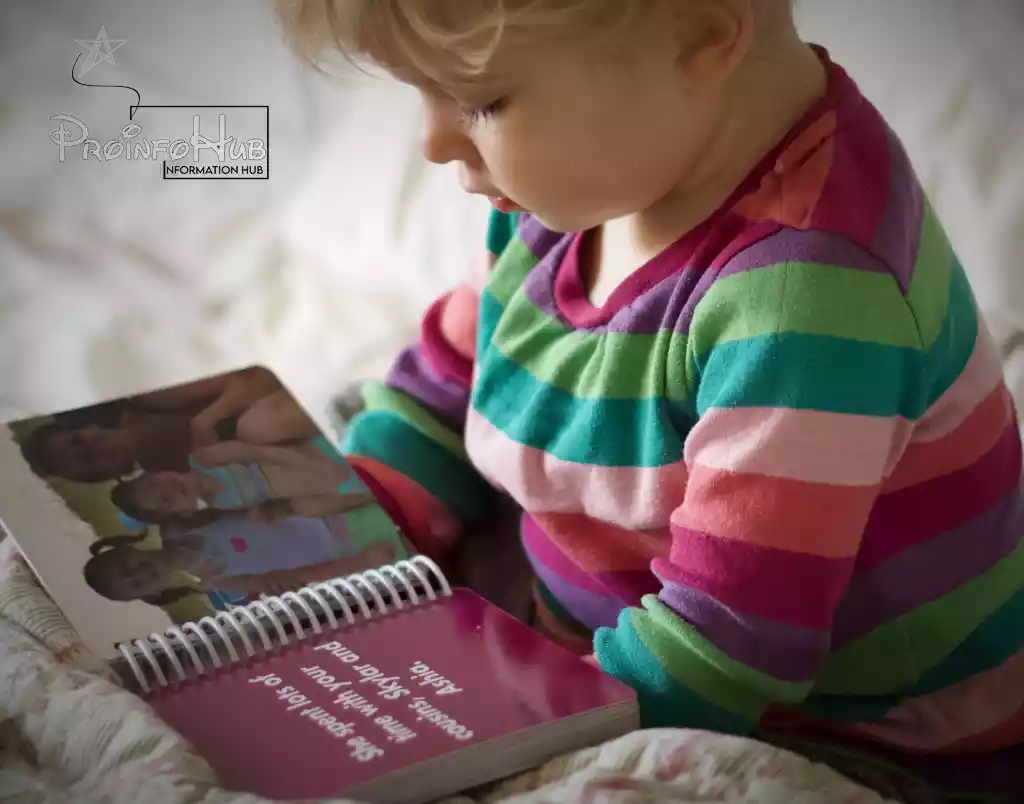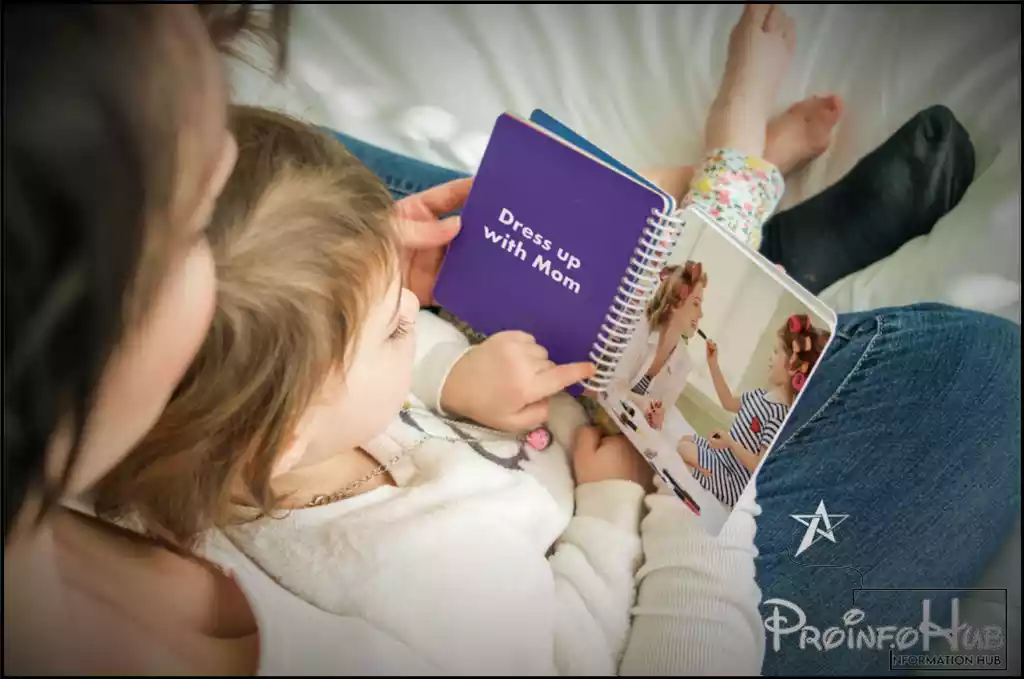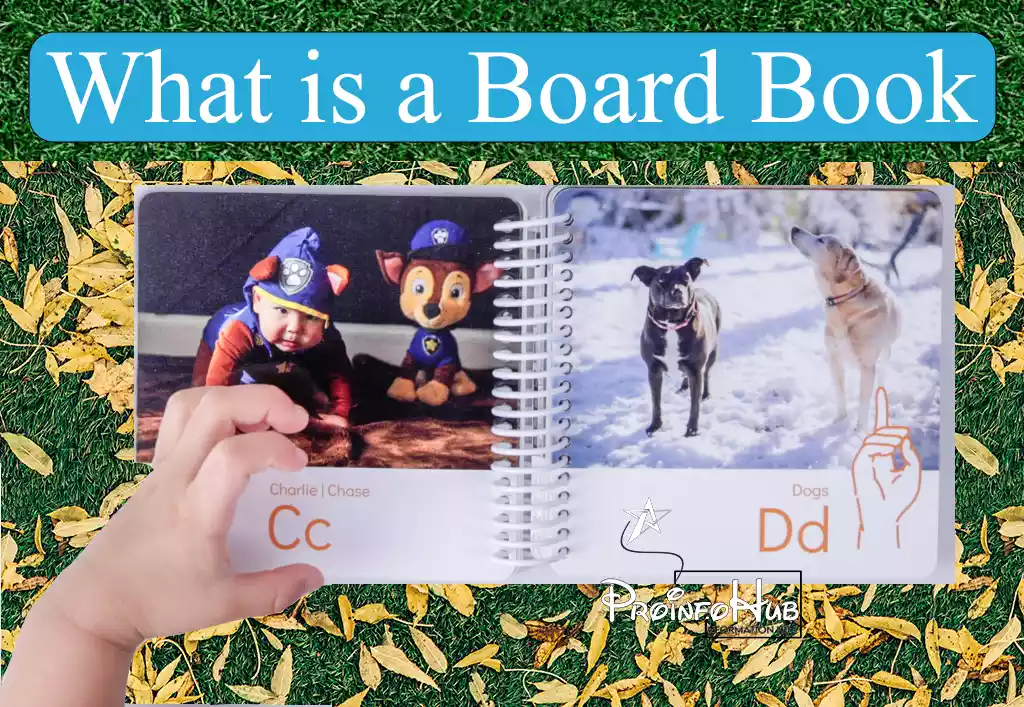A board book is a type of children’s book characterized by its thick, durable pages made of cardboard or paperboard. It is designed to withstand rough handling by infants and toddlers, making it suitable for early childhood reading. What is a Board Book ?
What ages are board books for?
Board books surpass their paperback or hardback counterparts in durability, making them resilient against wear and tear—making them the perfect choice for babies, toddlers, and young children who are hands-on with their books. Worries about torn pages become a thing of the past.

This format is widely embraced for introducing infants and toddlers to fundamental concepts such as colors, numbers, letters, and animals. Featuring simple, brightly colored illustrations and minimal text, board books cater to the developmental needs of young minds. Surprisingly versatile, board books extend beyond traditional subjects, delving into topics like history and science.
While the sweet spot for board books is generally from birth to around age 3, their appeal extends to older children who maintain a physical connection with their literature. It’s worth noting that many picture books are available in multiple formats, so if paperback seems premature, exploring the same title in a board book version is a viable option.
Diverse in their offerings, board books come in various formats, ranging from interactive options like lift-the-flap and pull-the-tab books to sensory-rich touch-and-feel editions and narrative-driven board book storybooks. The range ensures that there’s a board book suited for every young reader’s preferences and developmental stage. You can find a wide selection of board books for sale in our independent children’s bookstore.
How Many Pages Does a Board Book Typically Have?
The standard page count for a picture book in the industry is 32 pages, a convention based on producing books in multiples of eight. While variations exist, such as books with 11, 23, 39, or 47 pages, the benchmark remains 32, encompassing title and end pages.

In contrast, board books often deviate from the multiples-of-eight guideline, frequently adopting shorter lengths. A cursory glance at our home bookshelf revealed board books ranging from a mere 8 pages to a more standard 32. Additionally, the text within a board book tends to be concise, ranging from a sentence per page to just a single word, and in some cases, no words at all.
Despite their typically shorter nature, longer board books are available. Well-known picture books, like those by Julia Donaldson, are often released in multiple formats, allowing readers to choose from hardback, paperback, or board book editions.
In some instances, you may encounter abridged versions of stories originally published in hardback or paperback, condensed to fit the format of a board book. This diversity in length and content ensures that board books cater to a wide range of preferences and reading levels, offering something for every young reader.
Board books tend to be shorter than other pictures books, and they don’t always follow the multiples of eight rule. After a quick look on our book shelf at home, the shortest board book was only 8 pages long, and the longest was 32. The length of text contained in a board book will usually be shorter too. Some board books have as little as a sentence per page, some have just a word, and some even no words at all.
You do get longer board books too though. Some popular picture books – such as the stories by Julia Donaldson – are available in multiple formats so you’ll get the same book in hardback or paperback and as a board book.
Other times, you will find abridged versions of stories, where books that first appeared in hardback or paperback have been shortened for a board book format.
